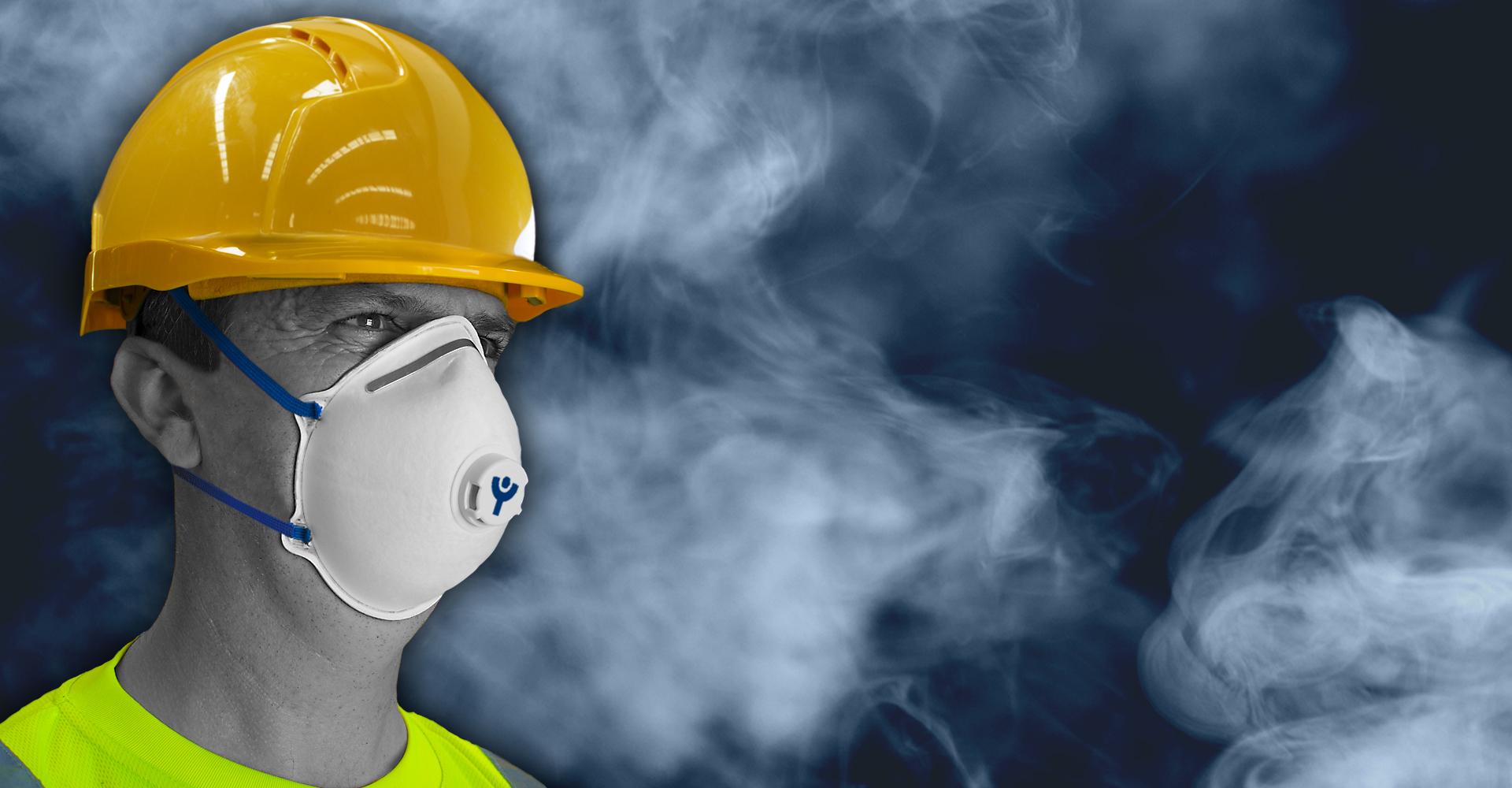The latest HSE stats show the number of cases of reported lung disease have been on an upward trend since 2014 and the number of cases of occupational asthma seen in 2017 are similar to reports 10 years ago. By way of bringing this workplace concern to the forefront of employers minds the HSE inspection focus on controlling dust in the workplace continues throughout July. These workplace inspections focus on the employers duty to eliminate and or control dust production and confirming the effectiveness of any last resort requirements to protect a workers respiratory system by means of RPE.
There are several factors that need to be considered when supply RPE, Including:
- Incorrect Specification: In addition to making sure the RPE used adequately controls the hazards, ensure it is suitable for the wearer, the tasks they are doing and the environment in which they are working. E.g. an unpowered tight fitting masks comes with a recommended continuous use of no more than 1 hour, after which the wearer should be remove the mask, take a break before continuing in the RPE zone.
- Inadequate Training: RPE can only function properly if it is worn correctly and subject to the manufacturers’ conditions for use, this often results in a general training need for the wearer. (It is a cause for concern to see how many individuals turn up for Face Fit Testing, and do not know how to correctly fit and test their RPE, particularly when they have been wearing the masks for some time).
- Poor Maintenance: Poorly maintained equipment will eventually fail so when it comes to RPE, training should include the basic maintenance requirements and the need for Thorough Examination and record keeping.
- Lack of fit testing: When wearing tight fitting masks, employers are required to test each wearer to confirm a seal between the wearer and the equipment is established. For quantitative fit testing, facial hair is not permitted, indeed the test specifies clean shaven facial areas.
One of the most prevalent shortfalls observed by C&C’s advisors on sites where dust controls are required are bearded disposable face mask wearers. In the majority of cases, the individual is able to produce a face fit certificate confirming that the mask has been fit tested. When challenged about facial hair, they say, “I thought that was just for the test”!
A competent fit tester will not only check that individuals ability to put on, adjust and self-test a mask for tight fitting, but will explain why certain things have to be done, such as being clean shaven. There should be no excuse for not knowing that facial hair obstructs the seal between the skin and mask rendering it susceptible to leakage.
Employers themselves may find themselves vulnerable to enforcement action, on the basis that they have identified the risk, established their control measures, including the provision of RPE, indeed, stipulated in their Risk Assessments the need for it to be worn and yet turn a blind eye to its misuse on site.
Supervisors, have a duty to ensure compliance to risk assessments and method statements, and when necessary escalate to site and senior management when compliance is falling short. If individuals have a concern regarding the effectiveness of their RPE, or refuse to shave for activities requiring the use of it, the Employer cannot turn a blind eye to their concerns and allow the activity to be undertaken without the stipulated controls, they should investigate alternative solutions/provision.
It is unlikely that we will positively effect the statistics detailed above unless RPE provision is supplied appropriate to the hazard, training provided, and individuals take seriously the information imparted and comply with the wearing requirements.
Our sister company C&C Training is supporting the HSE Dust Buster’s campaign by providing Free Face Fit Tester training see their LinkedIn post here: https://www.linkedin.com/company/c&c-training-ltd?trk=biz-companies-cym











